As soon as virtual meetings became the new norm in how we conduct business, Zoom or virtual fatigue has emerged as a common challenge. As an business that normally spends up to 6 hours a day on Zoom and Microsoft Teams, we personally know how excess screentime can leave us mentally drained and emotionally disconnected. So how does this happen, and what can we do about it?
What Is Zoom Fatigue?
Zoom (or virtual) fatigue refers to the exhaustion experienced from prolonged video conferencing. Interactions require extra effort to interpret expressions, maintain eye contact, and handle technical issues. Symptoms often include difficulty concentrating, eye strain, and emotional exhaustion.
Causes of Zoom Fatigue
Increased Cognitive Load: Video calls demand constant focus during verbal and non-verbal communication.
Lack of Movement: Prolonged sitting leads to physical discomfort and reduced energy.
Continuous Eye Contact: Prolonged virtual eye contact results in additional stress and eye strain.
Technical Issues: Glitches and lags disrupt conversations and train of thought.
Blurred Work-Life Boundaries: Home spaces doubling as workspace makes it harder to fully disconnect.
Solutions to Combat Zoom Fatigue
Schedule Breaks: Avoid back-to-back meetings and take the time to stretch or hydrate between calls.
Reassess Meeting Necessity: Use email, chat or shared documents for issues that don’t require a face to face meeting, or go “old school” and call each other on the phone!
Use Audio-Only Options: Turn off the camera when visuals aren’t essential.
Hide Self-View: Reduce self-consciousness by hiding your video feed during calls.
Optimize Your Workspace: Utilize ergonomic furniture, a comfortable mouse, and blue light-blocking glasses to reduce glare.
Encourage Organizational Change: Advocate for meeting-free days and asynchronous communication across all communications to give the organization a break.
Keep Meetings Short: Zoom “burn-out” on average starts at 37 minutes in, so keep meetings under 30 minutes to avoid that threshold when possible!
Embracing a Healthier Virtual Experience
By setting boundaries, prioritizing self-care, and rethinking meeting practices, we can make video conferencing more sustainable and less stressful as a primary method of communication. With a few adjustments, we can create a more balanced approach to virtual collaboration that keeps us connected without the burnout.
Looking for more tips and tricks contact the team at Revent today!


